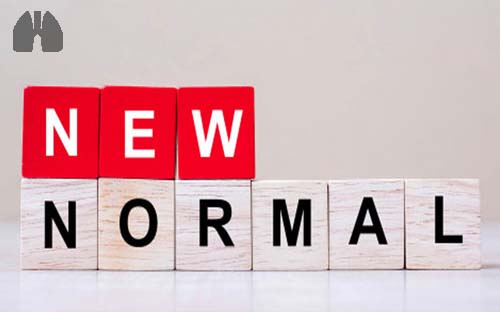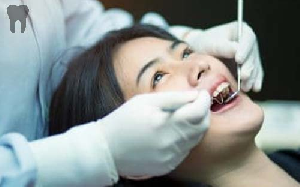
We read the letter entitled ‘Advocate for regional anesthesia in the corona pandemic?’ by Dr Harshal D Wagh, with great interest. We agree with the author’s concern about the safety of anesthesiologist as front-line healthcare worker during this coronavirus disease (COVID-19) pandemic.
General anesthesia (GA) with airway instrumentation leads to aerosol generation and dispersion of viral particles. It exposes the anesthesiologists and intensivists to the risk of transmission of COVID-19. The various potentially aerosol-generating procedures which anesthesiologists may come across include mask ventilation, tracheal intubation, extubation, tracheostomy, emergency front of neck access, non-invasive ventilation, disconnection of ventilatory circuits during use, cardiopulmonary resuscitation, bronchoscopy and tracheal suction without a closed system. Ideally, airway management in patients with COVID-19 needs to be conducted in a negative pressure room with good rates of air exchange, which may not be present in the emergency rooms and operating theaters in many healthcare facilities.
Management of patient during corona pandemic demands ensuring patient safety and our protection from getting infected. Virus may be transmitted even from asymptomatic carriers scheduled for surgery. Use of regional anesthesia (RA), being a non-aerosol-generating procedure, has tremendous potential in the COVID-19 era. It should be considered as a stand-alone anesthesia technique wherever applicable. In general, RA compared with GA may provide better perioperative pain management resulting in the reduction of opioid consumption. Additional benefits may include reductions in postoperative pulmonary complications, nausea and vomiting, cognitive dysfunction, and delirium. Furthermore, avoiding airway instrumentation would decrease aerosol generation and reduce the risk of transmission of COVID-19.
The relative preservation of respiratory function may reduce postoperative pulmonary complications specially in patients with COVID-19-associated pneumonia or acute respiratory distress syndrome. The American Society of Regional Anesthesia and Pain Medicine and European Society of Regional Anesthesia and Pain Therapy have recently published a joint statement on practice recommendations on neuraxial anesthesia and peripheral nerve blocks during the COVID-19 pandemic. The guidelines describe various practical aspects with regard to perioperative management of patients with COVID-19 using RA techniques. Wider adoption of these recommendations will help the anesthesiologists to protect themselves from additional exposure to novel coronavirus and acceptance of this new norm may help in improving patient safety and perioperative management.














